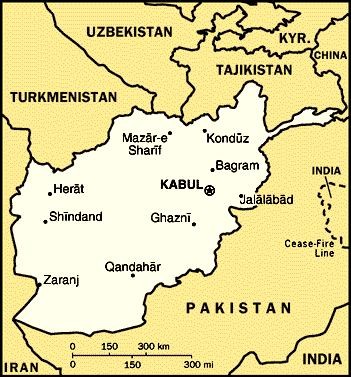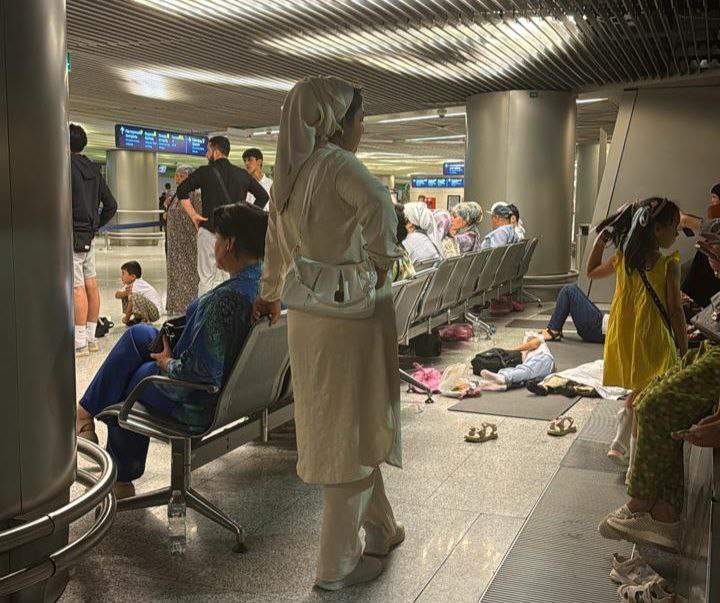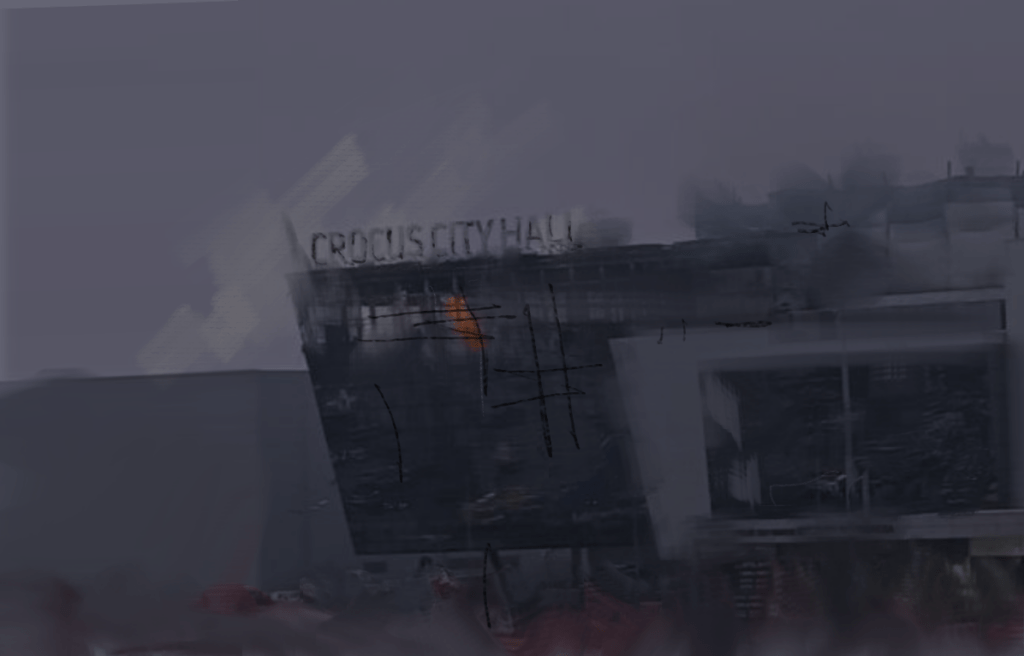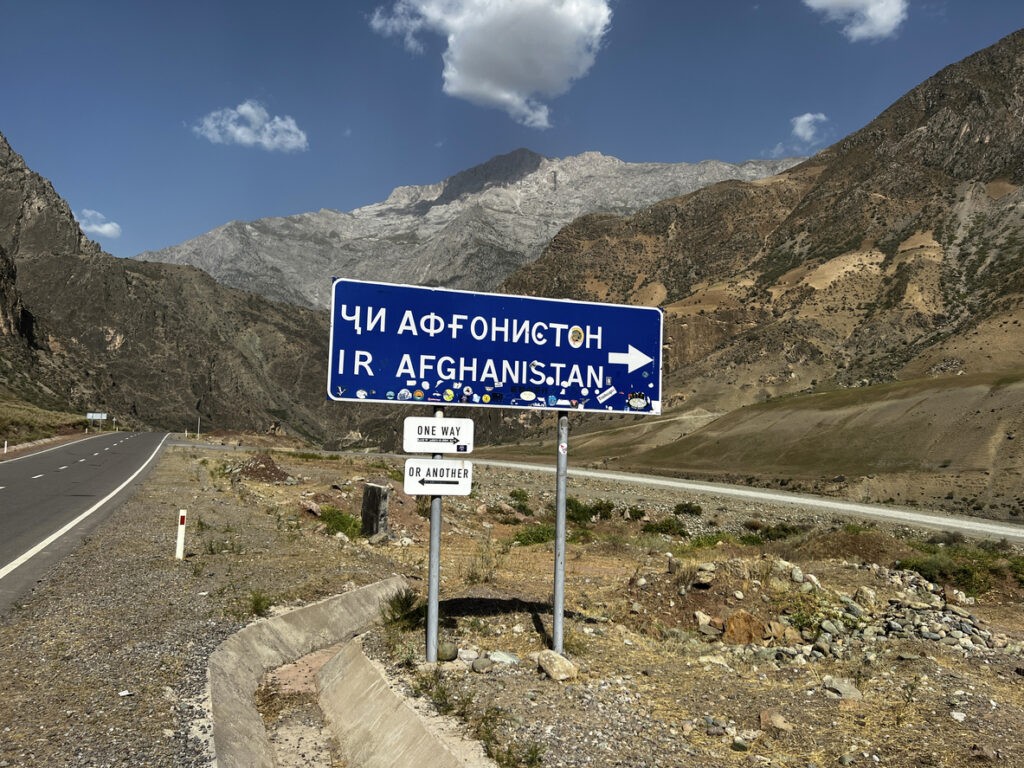KABUL (TCA) — By the end of this month a four countries meeting between Afghanistan, Pakistan, China, and United States should take place in Kabul to consider a direct talks with the Taliban about peace. Will this type of “peace” in Afghanistan rehabilitate those malefactors that cause tremendous damage giving them a chance to spread more terror inside the country and beyond?
The proposed “peace initiative” does not include those states of Central Asia that are under direct threat of the Taliban and its allies and does not include at this stage the participation of Taliban representatives. This is probably the most obvious weakness in the peace attempt since not all interested parties have been invited to the negotiation table. The present participants are Afghanistan (naturally), Pakistan and China and the missing ones are the Central Asian countries of Turkmenistan, Uzbekistan, and Tajikistan, all three of which border Afghanistan, and Russia (that has military bases in the region).
The second shortcoming is that none of the parties is able to negotiate from a position of strength. There is a difference in military tradition between a peace request and a peace offer. The former is made by a party which realizes that its position is pretty hopeless, and therefore calls upon its adversary to show mercy in order to avoid more bloodshed and damage. The latter is made with the same overall goal, but by the party that has so much superiority in the field that its adversary has only a choice between mercy and total annihilation.
‘Stave them off’
Today there is a situation in which a deadlock prevails on the ground that neither party can force the other to surrender – the hard way, that is. The situation in Afghanistan witnesses daily bomb attacks by Taliban commandos, aided by Daesh which has its stronghold on the border with Pakistan in the central-east of Afghanistan. Large chunks of territory in various parts of the country are under actual control of the Taliban – with the latest advance located in the central-south. “The Taliban are inching closer to capturing Sangin district as the militants intensify their prolonged assault on government forces in Afghanistan’s pivotal Helmand province. After the insurgents almost overran the district in December, the Afghan army and police sent reinforcements to stave them off…… On Saturday night the Taliban launched a fierce attack on the government buildings, killing nine soldiers, wounding seven and capturing another three,” The Guardian reported on February 7.
Weeks earlier, government troops had to chase combined Taliban and Daesh forces from the town of Darqad, in the district of the same name right on the border with Tajikistan. The town was cleared, but the enemy remained in control of much of the countryside. In late fall 2015, a similar event took pace in the town of Kunduz little further to the west. Both areas border not the unruly eastern part of Tajikistan but its southwest. An incursion from the Afghan strongholds would virtually lay the road to Dushanbe open.
‘A new Taliban’
These fresh events, as well as the ongoing terrorist attacks by the Taliban and its allies, turn the so-called peace initiative into a comedy – ready to turn into a tragedy. “With the death of the elusive Mullah Omar, the myth of the Taliban is believed to be over,” one comment by the Daily Mail’s India edition posted on February 8 reads. “Pakistan is now trying to project Mullah Mansour as a myth, with access to him restricted and his movements shrouded in mystery. His brand within Afghanistan needs to be politically consolidated. […] The Taliban’s international legitimacy has to be built. Pakistan is therefore telling the UN that it must reach out to the Taliban if it wants the group to enter the negotiating process. Already, the UN has been in contact with the Taliban in Qatar three or four times. Pakistan is telling the Central Asian states that now a new Taliban exists and it should be engaged.”
All this belongs to the realm of fantasy. The Taliban always was, still is and always will be a treacherous, murderous gang of rogues – quite like its allies from the Middle East. There is no such thing as a “new Taliban” and the word “legitimacy” here is completely misplaced. When they seized power in Afghanistan, they murdered tens of thousands of Shiite Muslims, Christians, secularists and other people considered hostile, lapidating them, burning them on stakes, cutting them to pieces alive and other sweet extermination methods. What is going on at the instigation of Pakistan, backed by other governments, turns the entire principles of justice and human rights into a joke.
Should it succeed, the region and indeed the world is in for a nightmare. When the Taliban and their allies such as Al-Qaeda and Daesh use an eventual compromise to reinforce their underground network and seize power once more, Afghanistan will enter a horror scenario never seen before with the republics to its north, and indeed the world, undergoing a wave of terror beyond anyone’s imagination and no longer fit to live in.









